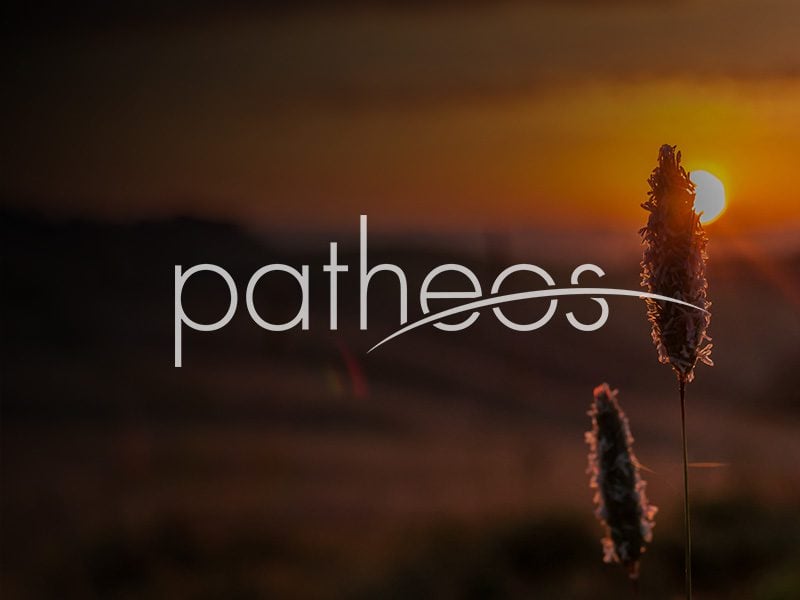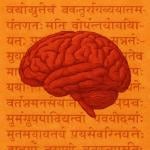Great article on the evolution and the future of world of internet! (hat tip: Howard Davis)
It’s amazing how quickly we take things for granted. Think back to 1993. John Major was Prime Minister, Tony Blair still looked like Bambi and Bill Clinton had just become President of the US. Only grown-ups had mobile phones, no one outside of academic and research labs had an email address, and a URL – now that was something exotic! Amazon was a river, a googol was the technical term for an enormous number (one followed by 100 zeros), eBay and iPod were typos, and there were quaint little shops on the high street called ‘travel agents’.
Why pick that year? Because 1993 was when the world wide web took off.
Today, 13 years on, nobody knows how big the web is. When it stopped publishing the number, Google was claiming to index 8 billion pages, but that was just the tip of the iceberg. Some experts estimate that the web is 400 times bigger than that. So a publication medium that contains more than 3,000 billion pages has come into being in little over a decade, and it’s growing by maybe 25,000 pages an hour. This is a revolutionary transformation of our environment by any standards. We need a way of thinking about what it means.
The conventional approach involves what computer scientist John Seely Brown calls ‘endism’ – the perspective that sees new technologies as replacing older ones. Thus when the CD-rom arrived, people predicted the demise of the printed book; television meant the end of radio and movies; TV news the end of newspapers. And so on.
None of these extinctions came to pass. But although the CD-rom didn’t exterminate the book, it did change forever the prospects for expensive reference works. (Remember Encyclopedia Britannica?) So the interactions between new and old media are complex. That’s what led cultural critic Neil Postman to propose the notion of media ecology. The idea is borrowed from science: an ecosystem is defined as a dynamic system in which living organisms interact with one another and with their environment. These interactions can be very complex and take many forms. Organisms prey on one another; compete for nutrients; have parasitic or symbiotic relationships; wax and wane; prosper and decline. And an ecosystem is never static; it’s in a state of perpetual ferment.
The ‘organisms’ in our media ecosystem include broadcast and narrowcast television, movies, radio, print and the internet. For most of our lives, the dominant organism in this system – grabbing most of the resources, revenue and attention – was broadcast TV. Note that ‘broadcast’ implies few-to-many: a relatively small number of broadcasters, transmitting content to billions of essentially passive viewers and listeners. This ecosystem is the media environment in which most of us grew up. But it’s in the process of radical change because broadcast TV is in inexorable decline; its audience is fragmenting.
Twenty years ago, a show like The Two Ronnies could attract audiences of 20 million. Now an audience of 5 million is considered a success by any television channel. In five years’ time, 200,000 viewers will be considered a miracle.
Broadcast TV is being eaten from within, by narrowcast digital television – in which specialist content is aimed at subscription-based audiences and distributed via digital channels. But waiting in the wings is something even more devastating – Internet Protocol TV (IPtv) – television on demand, delivered via the internet. And it’s coming soon to a computer screen near you.
The trouble for broadcast TV is that its business model depended on attracting mass audiences. Once audiences fragment, the commercial logic changes. And new technologies like personal video recorders (PVRs), which use hard drives rather than tape, enable viewers to determine their own viewing schedules and (more significantly) to avoid ads – think of Sky Plus, think of TiVO.
As the CEO of Yahoo! said recently at the Consumer Electronics Show in Las Vegas, the era of ‘appointment-to-view’ TV is coming to an end. This doesn’t mean that broadcast TV will disappear, incidentally. That’s not the way ecologists think. It will continue to exist for the simple reason that some things are best covered using a few-to-many technology. Only a broadcast model could deal with something like, say, a World Cup final. But it will lose its dominant position in the ecosystem, with profound consequences for us all.
The internet will take its place. Note that I do not say the web. The biggest mistake people in the media business make is to think that the net and the web are synonymous. They’re not. The web is enormous, but it’s just one kind of traffic that runs on the internet’s tracks and signalling. And already it’s being overtaken by other kinds of traffic. According to data gathered by the Cambridge firm Cachelogic, peer-to-peer networking traffic now exceeds web traffic by a factor of between two and 10, depending on the time of day. Already the signs of the net’s approaching centrality are everywhere – in the astonishing spread of broadband, for example, together with the rise of online retailing, streaming media, Google and the explosive growth in internet telephony.
Tags: John Naughton, Internet











